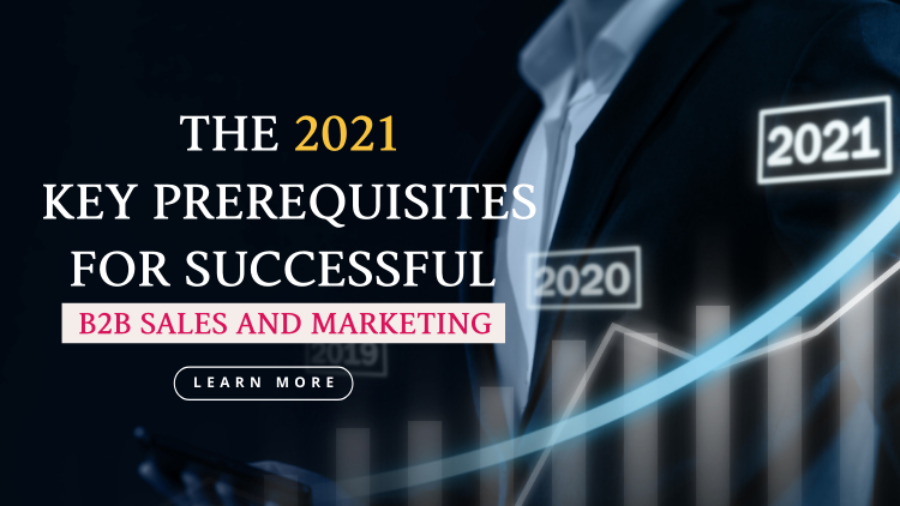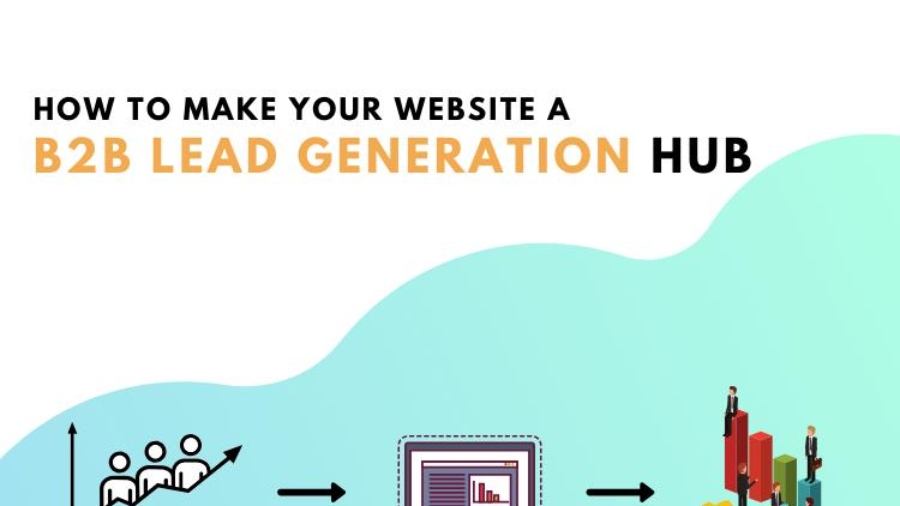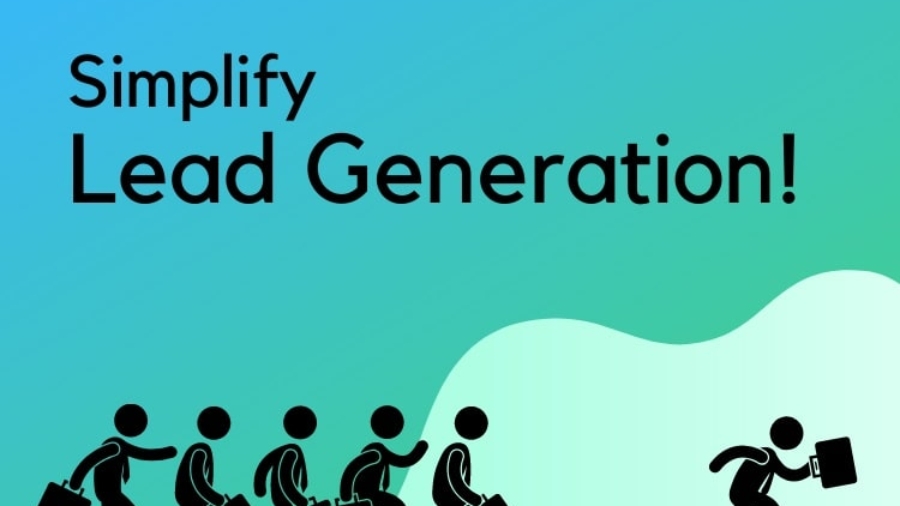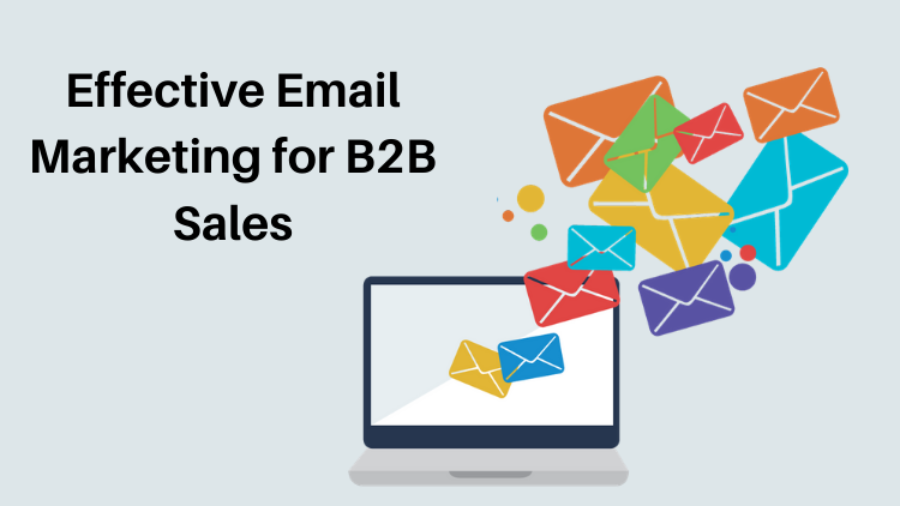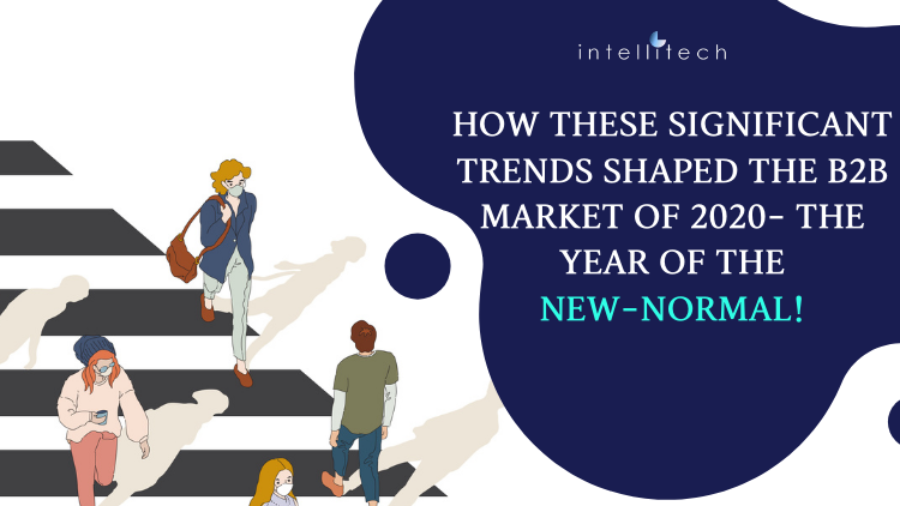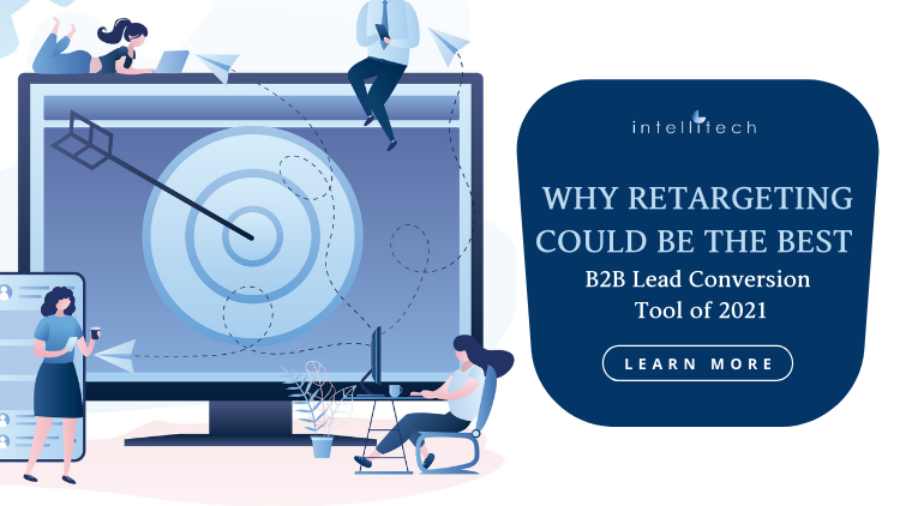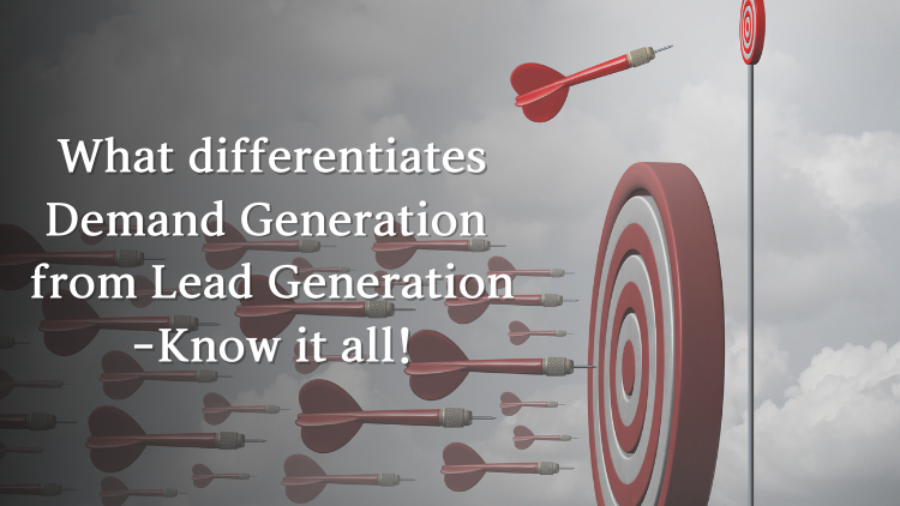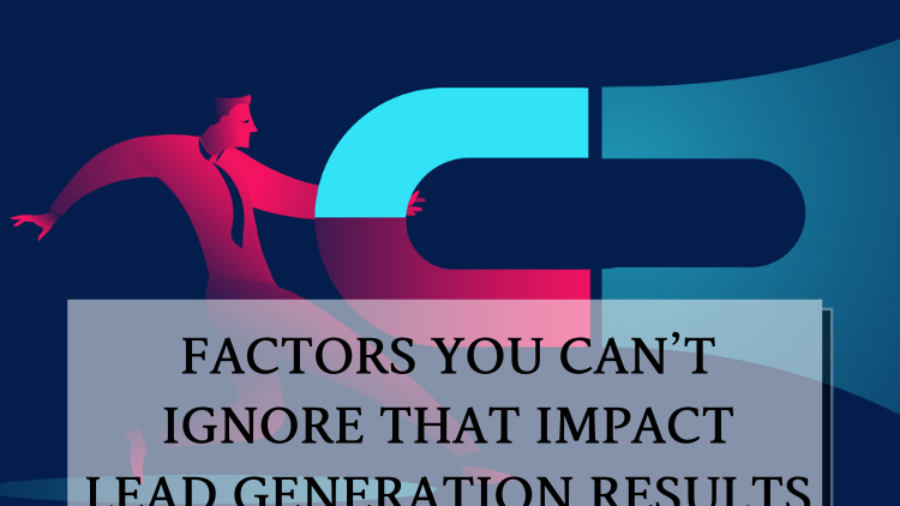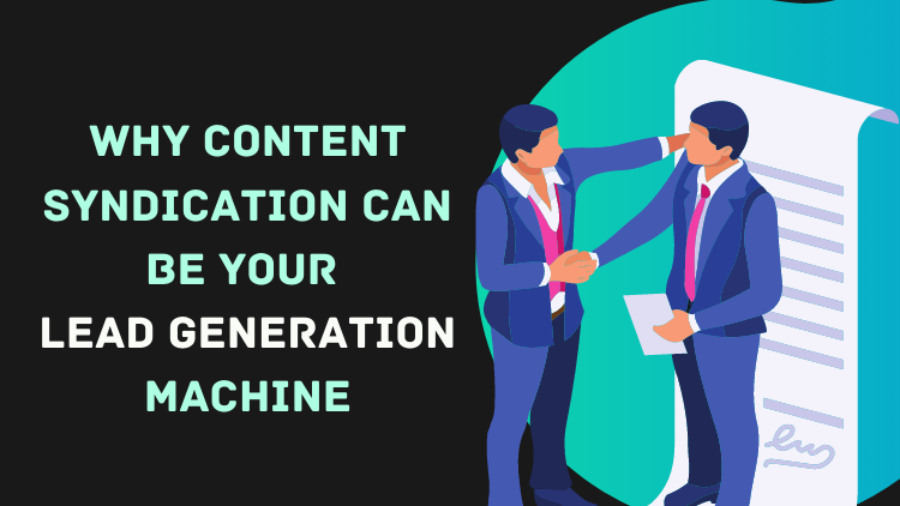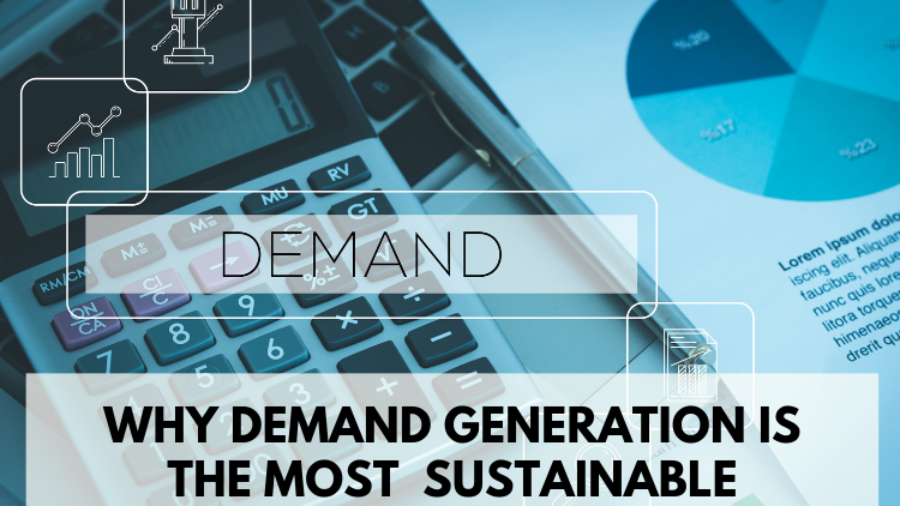The holiday season can get particularly tough for the sales teams for delays in closing certain deals or for not being able to communicate with some key decision makers because of their unavailability or due to other challenges that they might be facing. In such a scenario if the sales and marketing teams have already anticipated challenges way ahead of time it can help a lot to come up with solutions.
Being prepared for the future with some key marketing strategies that are not dependent on any one particular time or quarter of the year should necessarily be integrated into the core sales and marketing plans of the organization. Here are 3 key marketing strategies that you can easily implement in 2021 making you smarter and to keep you one step ahead of your competitors.
Optimization:
Transformation is an on-going process, there’s no timeline to it. So instead of focusing only on what could change or how to invest in accommodating change alone, marketers should think in terms of investing time in making the most out of what they already have and optimize the existing processes or strategies.
Optimizing marketing strategies or processes by reviewing the present tools and processes or re-defining the existing plans, approach and analyzing the results or metrics can be a good exercise to strengthen what you have and be more prepared for transformation.
Analysis can give you a clear picture of what’s working and what is not. For example, you can analyze the type of leads, the number of leads and the reasons why you are getting certain types of leads and that can answer a lot of questions. You can also analyze what are the reasons for decreased website visitors or those who landed on your landing page but didn’t move forward toward conversion and what can you do to avoid a similar situation. Analyzing can not only help with rectifying the negative impact, but also help elevate those things that are working in your favor, so that you can work recreating those strategies.
While investing too much in automated tools and other technological solutions may be necessary at times, none of these tools will work at their best if the basic strategies aren’t aligned with the tools. A clear-eyed picture can reveal much more about optimizing the existing plans before you run after new and transformative ways of doing business.
Investing in developing personas:
Accuracy of personas can determine the success or failure of your lead generation campaigns. A persona that was created at the beginning of the campaign many not be relevant after a certain period of time, hence what needs to be monitored is the need to make changes or fine-tune the personas that are to be incorporated in the plan. Following your customers’ social media journey consistently is key to knowing the shift in their preferences or likes and dislikes. This can help you to make the necessary modifications in the buyer personas that you wish to do.
Data driven decision making:
We all know how crucial data is in b2b sales and marketing! It plays a vital role in not only acquiring quality leads, but also in analyzing the overall results. Based on data we need to ask a few questions such as why did some leads qualify, why did some leads fail to convert, why a particular decision maker did not respond or why did a particular decision maker decide to do business with us. Answers to these questions can be revealed from data alone.
It’s important to have certain yardsticks to make things measurable, accountable and also to simplify things in b2b. Data is one of those important yardsticks that can give a direction to the sales and marketing teams. They can go back to the drawing board and fix certain things so that the future strategies don’t fail or so that they can simply repeat some of the successes and strategies based on data. Data can also help in studying the MQLs and SQLs and also in setting the future targets.
Conclusion:
Other than the above key prerequisites, there are others too such as breaking down the complex processes into smaller steps, attribution of revenue, performance analysis, market research, monitoring competitor activity and much more. Making the most out of what you have by optimizing it or with the help of data and persona building one can truly bring great results. Each business is unique and if the strategies are aligned with the organizational business goals it will most likely bring more sales and thus more revenue.

